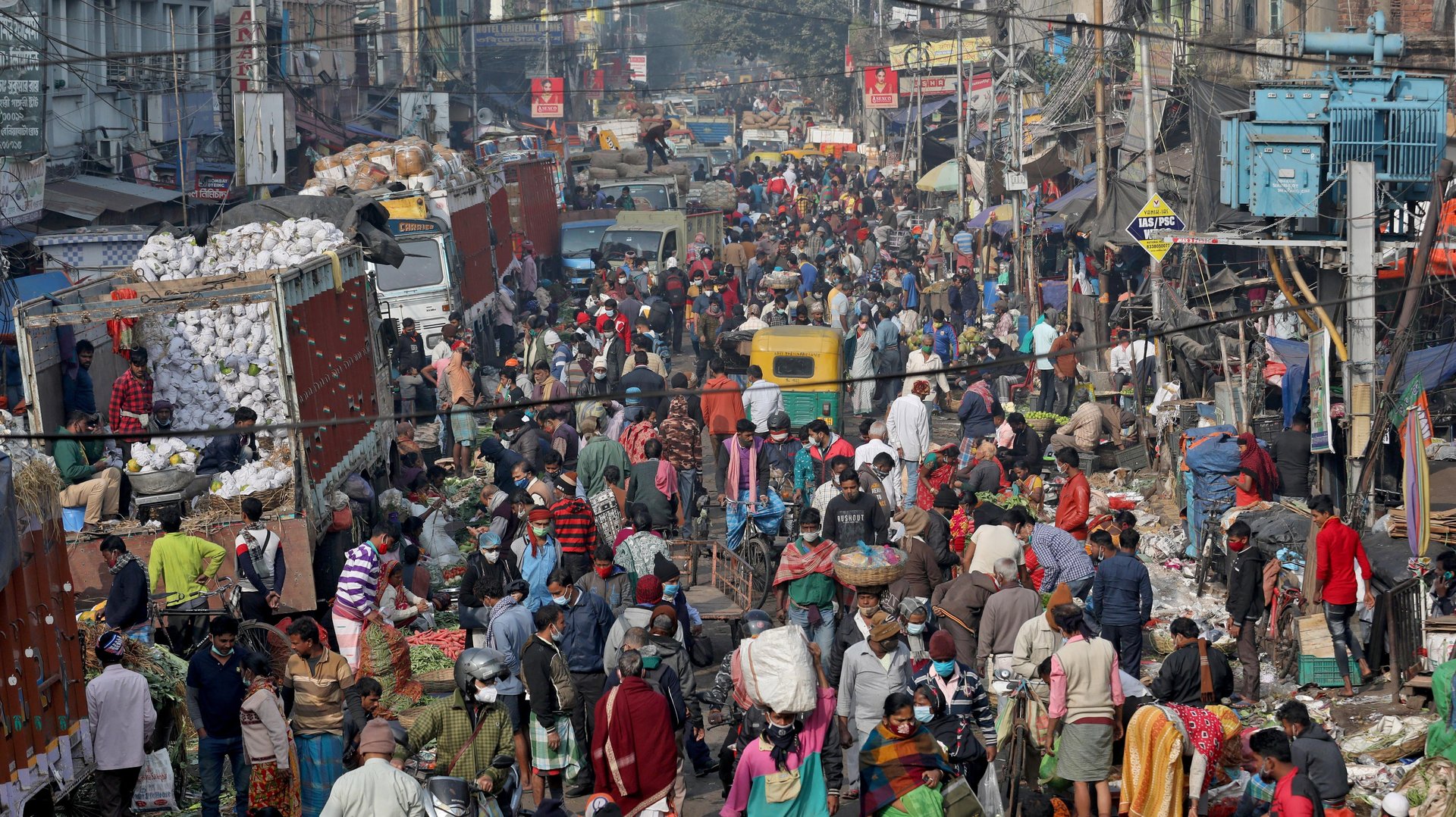Inflation may ease over 2023 but India can't let its guard down
The average inflation rate has stayed around 7% this year, significantly higher than the target of 4%

The Indian central bank’s long battle against consumer prices may be helping, but it is not the time for it to relax yet.
“The battle against inflation is not over,” Reserve Bank of India (RBI) governor Shaktikanta Das said in his monetary policy statement (pdf) today. “The worst of inflation is behind us...(but) there is no room for complacency. We have to be watchful and nimble in our actions,” he said at the post-policy conference.
The RBI raised its benchmark interest rate by 35 basis points (bps) to 6.25%, the highest since August 2018. This is the fifth rate hike in the current fiscal year since the repo rate was increased off-cycle by 40 basis points in May. It was pushed up again by 50 bps each in June, August, and September.
Das expressed repeated concerns today over core inflation (excluding food and fuel prices) being “sticky and elevated.”
Supply disruptions due to covid-19 and the Russia-Ukraine war have exacerbated input costs for India’s industries, hurting consumers. Prices in the service sector, too, have remained buoyant.
While commodities, in general, have become more expensive, businesses have also had to bear the increased cost of importing raw materials at a time when the rupee has fallen by 10% through 2022, according to RBI deputy governor Michael Patra.
The central bank’s rate-setting panel today also revised downward its inflation projections for the next year, citing a moderation in food inflation (pdf) in the coming months. In October, India’s retail inflation eased to a three-month low of 6.77%, from 7.41% the previous month.
The inflation conundrum
Soaring consumer prices in India have hurt household budgets this year, with prices of essential items like medicines rising continuously. While this was in sync with global inflation, experts argued that some of it was also a result of delayed action by the RBI. The country’s central bank did not acknowledge the problem for a long time.
As a result, the median rate of inflation from March to September stayed around 7%, significantly higher than the targeted 4%.
The RBI is believed to have informed the government that the Ukraine war was the primary cause of the problem.
